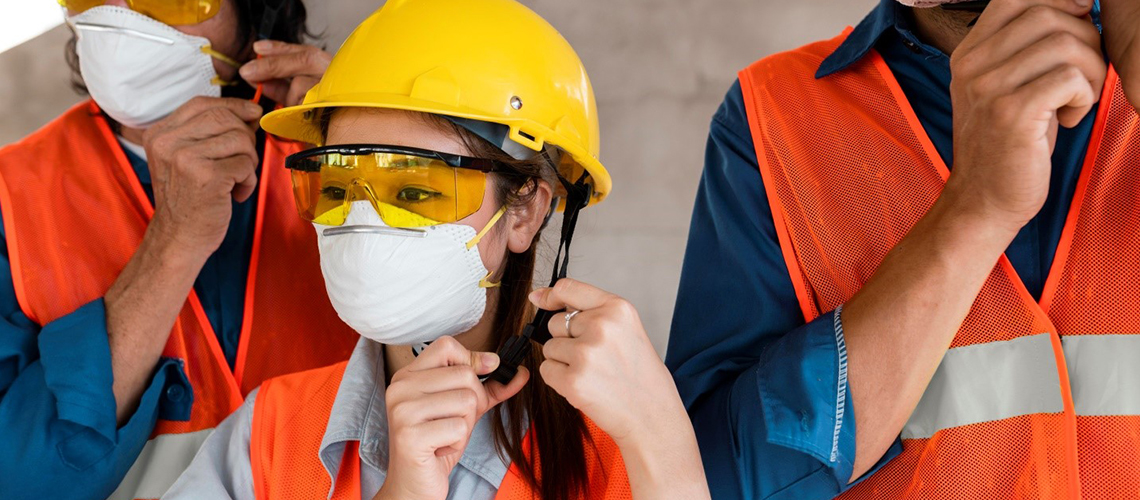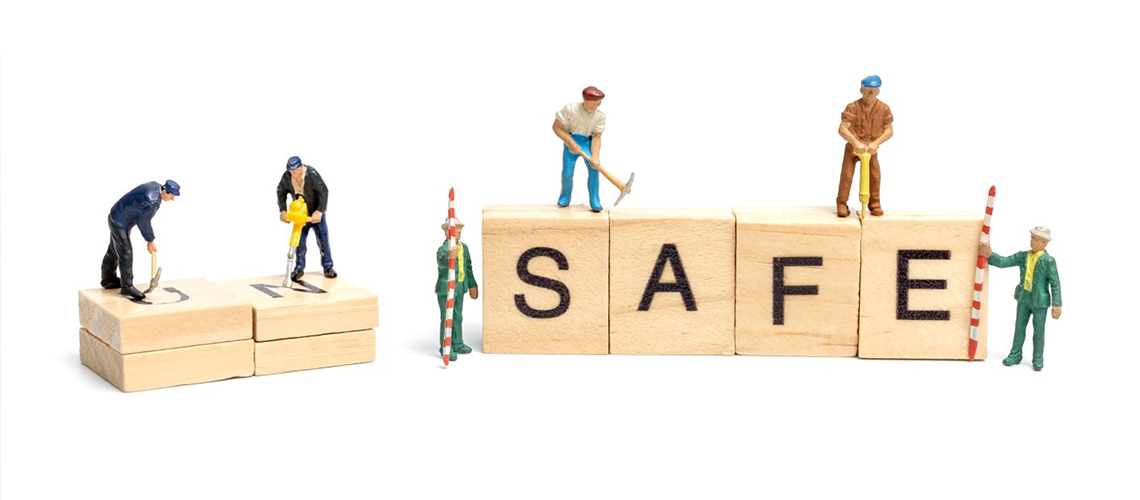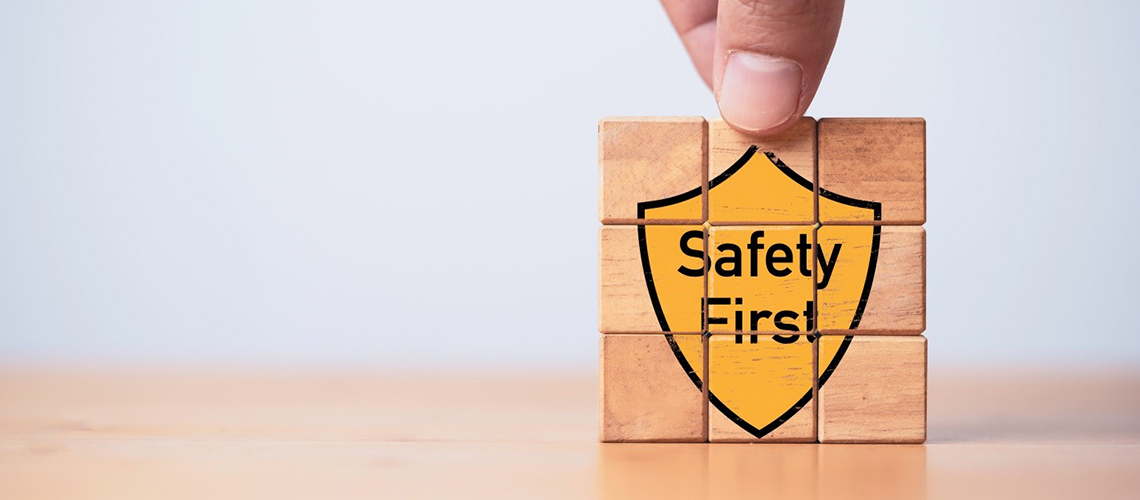Why Safety Culture Matters More Than You Think?

Keeping your workplace safe takes more than just rules and signs. It takes a strong safety culture.
But what is safety culture? It’s the way people think and act about safety every single day.
Do you know that from construction sites to factories and offices, a good safety culture protects workers, avoids delays, and builds trust? So it is not only about avoiding accidents—it’s about building a workplace where safety is a shared value.
We at Hill Safety Consulting LLC, seen how a strong culture can save lives and help businesses grow.
What Is Safety Culture?

Safety culture means everyone in your company—from the CEO to new hires—values safety and shows it in their actions.
A strong safety culture is about doing the right thing, even when no one is looking.
Safety Culture vs. Safety Compliance
- Safety Compliance means you follow the rules and regulations. You meet the minimum standard set by law.
- Safety Culture means you go beyond the rules, which means safety becomes part of how your team thinks, feels, and works every day
Visible and Invisible Elements of Safety Culture
- Visible: Safety gear, warning signs, safety drills, written policies
- Invisible: Trust, shared values, leadership mindset, open communication
Both visible and invisible parts work together to create a strong safety culture. You can’t build one without the other.
The Hidden Costs of Ignoring Safety Culture
You might not notice the effects of a weak safety culture right away. But with time passing, the damage adds up. You cannot ignore safety culture, as it is risky for the business.
-
Workplace Accidents
When safety isn’t a daily priority, accidents are more likely. Workers might cut corners or forget safety steps, which results in injuries, equipment damage, and sometimes even deaths.
-
Legal and Financial Risks
If your company isn’t following OSHA standards or industry rules, you may face fines or lawsuits. These penalties are for the workers to protect them, and fines for the companies to follow the standards. And when accidents happen, insurance rates go up. Workers’ comp claims and lost work hours hit your bottom line hard.
-
Low Employee Morale
When workers don’t feel safe, they feel stressed. They may stop caring or become afraid to speak up. Low employee morale results in low employee performance.
-
High Turnover Rates
No one wants to work in an unsafe place. If people think your company doesn’t care about safety, they leave. High turnover means more time and money spent hiring and training new people. The longer you ignore safety culture, the more costly it becomes.
Why Safety Culture Should Be a Priority
Investing in safety culture means creating a safer, stronger, more successful company. Here’s how:
-
Protects Employees
This is the most important reason a strong safety culture protects employees to reduce risks, prevents injuries, and saves lives.
-
Enhances Productivity
When people feel safe, they focus better. An off day from work, and they return to work more efficiently.
-
Builds Trust and Reputation
Clients and partners notice your safety record. You must focus on a good reputation as it attracts business. A bad one scares people away.Safety culture also builds trust inside your company that workers feel respected and supported.
- Reduces Incident Rates
Fewer accidents mean fewer delays, fewer costs, and more successful projects.
Supports Safety Management Goals
A strong culture makes safety management easier. Workers follow procedures without being told. Reporting is faster. Audits are smoother. Everyone plays their part.

Key Elements of a Strong Safety Culture
How do you build a safety culture that works? Focus on these key parts:
-
Leadership Commitment:
Safety starts with Company leaders, they must set the example. They must follow safety rules, attend regular training, and talk about safety issues often. If leaders don’t care, no one else will.
-
Clear Communication:
Workers must understand what’s expected. Use clear signs, simple instructions, and regular meetings. Clarity is very important for communication.
-
Safety Training and Awareness:
Ongoing training keeps organizational safety practices fresh. Don’t just train new hires—keep everyone up to date.
-
Employee Involvement:
Let your workers speak up. Ask for their ideas. Involve them in safety plans. When they feel heard, they’re more likely to follow the rules.
-
Easy Incident Reporting:
Make it simple and safe to report problems. There should be a bridge for them to get easy on work easily and never punish people for being honest.
-
Focus on Employee Safety Behavior:
Watch how people work. We need to keep an eye on their risky habits. Reinforce safe behaviors with praise and training.
-
Continuous Improvement:
Safety is never finished. Kaizen it. Make audits and reviews a regular habit.
-
Align with OSHA Standards:
Following OSHA rules is essential. But more than that, it’s about creating a system that supports compliance naturally. See our OSHA Compliance Consulting for help meeting requirements.

Real-World Examples: Good vs. Bad Safety Culture
Positive Example
A local construction firm started holding 10-minute safety briefings every morning. In this meeting, they discuss what task they are going to perform and what safety concerns need to be kept in mind before performing these tasks.
Negative Example
A manufacturing plant ignored repeated complaints about broken safety guards. When a worker lost a finger, the company faced a lawsuit and massive fines. The reputation of the company was badly destroyed, which took years to build.
How to Improve Safety Culture in Your Organization?
It takes time to change culture. But small steps make a big difference. Here’s how to start:
- Evaluate Your Current Culture
Look at accident reports, employee surveys, and team feedback. Find out the gaps that need to be addressed, for example, training, etc.
- Set Clear Goals
Don’t try to change everything at once. Choose one or two safety goals.
- Involve Everyone
Ask workers what needs improvement. Include them in planning and decision-making.
- Improve Communication
Use posters, videos, emails, and meetings. Keep the message simple and constant.
- Recognize Good Behavior
Celebrate safe work. Make a culture of appreciation for their good behavior and following safety rules.
- Update Training Regularly
Review your training programs. Engaging? Useful? Partner with experts to fill the gaps.
- Partner with Experts
Don’t go it alone. Take a safety company to help train. Contact Hill Safety Consulting LLC to get started.
Conclusion
Safety culture isn’t just a buzzword. Don’t wait for an accident to happen. Let’s take a first step in building this culture.
Ready to improve your workplace safety? Partner with Hill Safety Consulting LLC and create a safer future for your team.
